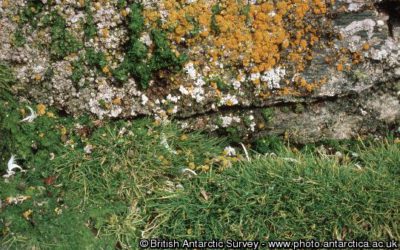
Research topics
The BAS scientific research programme, Polar Science for Planet Earth is designed to generate insight and new discoveries about our changing world. Explore these research topics to find out more about the issue, our research projects and collaborations with international programmes.

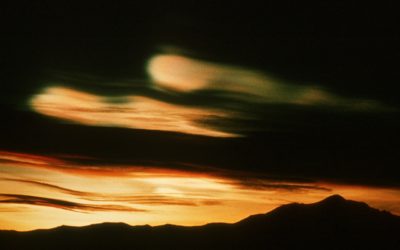
Atmospheric physics & chemistry
Investigating physical and chemical changes in atmospheric circulation, ozone depletion, temperatures and sea-ice extent in both Polar Regions can help determine how much of the observed change is due to human activity and how much is a result of natural factors. Unique chemical processes occur in the atmosphere above Antarctica and the Arctic reveal much about our changing world.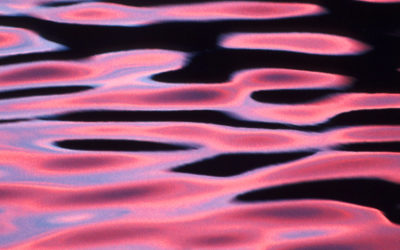
Climate & climate change
Understanding the role of the Polar Regions in climate change is a huge scientific challenge and an urgent priority for society. Our multidisciplinary climate research programmes investigate a wide range of science questions providing accurate information to politicians and policy makers.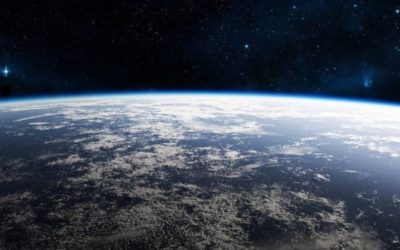
Earth observation
Satellite technologies help scientists tackle some of the biggest environmental questions facing society. Innovative use of atmospheric, climate, ice and oceanographic data provides decision-makers in government and business with vital evidence to help them meet major environmental challenges. State-of-the art systems, capable of mapping the geology, monitoring sea-ice conditions, changes in surface temperature and concentrations of greenhouse gases reveal the changes in the Antarctic and Arctic.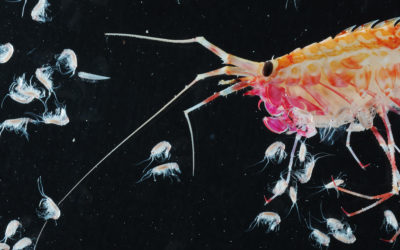
Ecology & biodiversity
Antarctica is a natural laboratory for studying the small number of plant and animal species that live in communities. Microbial life, invisible to the naked eye, plays a vital role in Antarctic ecosystems. State-of-the-art genetic methods to study the DNA of these microbes may lead to discoveries that could help in the production of new antibiotics and other compounds.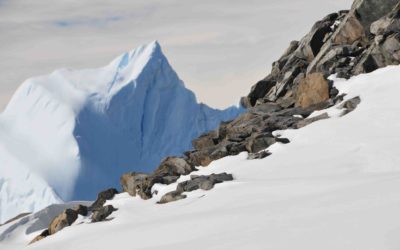
Geosciences
Exploring the climate history and the geological structure and evolution of the rocks and mountains of Antarctica’s continental interior provides clues to past, present and future environmental change. Under-ice lakes, mountain chains buried by up to 4km ice, and sea bed sediments surrounding the frozen continent provide an unparalleled record of how the Earth’s climate has changed over millions of years.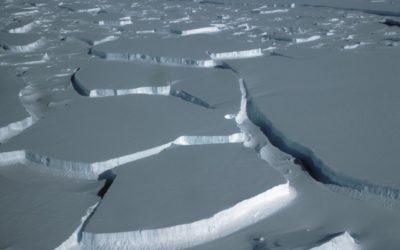
Ice & ice-movement
Over the past 40 years, ice cores have revealed more about climate change than any other scientific technique. Over the last few decades, satellites have detected changes to the amount of sea ice that covers the polar oceans. Since 1979 summer sea-ice extent in the Arctic has reduced at 10% per decade. Some major glaciers that drain the Antarctic and Greenland ice sheets have accelerated by as much as 50%.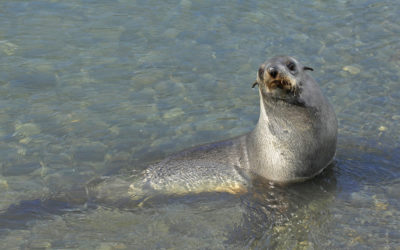
Marine ecosystems
Understanding Antarctic and Arctic marine ecosystems by exploring biodiversity and resilience to environmental change is critical for making policy decisions that will lead to effective stewardship and sustainable management of marine resources. This strand of research combines existing long-term data with new field-based and experimental observations to explore the impact of environmental change on marine ecosystems.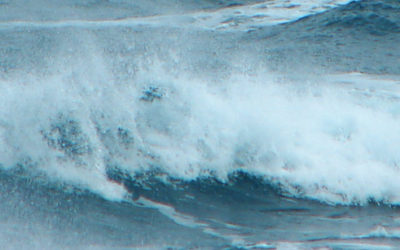
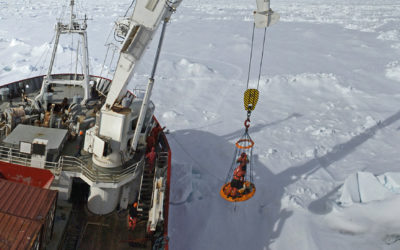
Oceanography
Polar oceans influence the entire Earth System in all areas, including the seas around the UK. The polar oceans have an enormous capacity to store and redistribute fresh water, heat, carbon dioxide and other climatically-important substances. Oceanographic studies help make more accurate predictions about global impacts.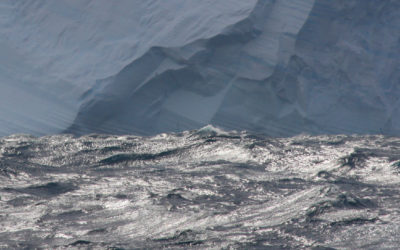
Sea-level rise
Changes to the Antarctic and Greenland ice sheets affects sea level all over the world.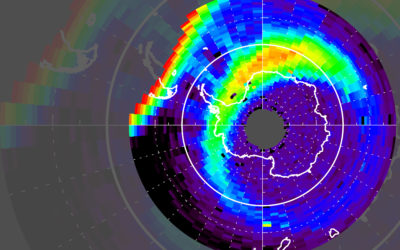
Space weather
Geomagnetic storms (space weather) are rapidly becoming one of the biggest potential threats to modern society. They can cause serious damage to power grids, communications satellites and other vital infrastructure.